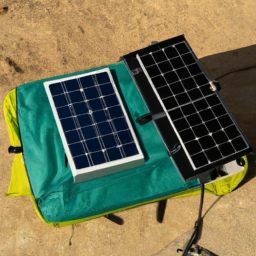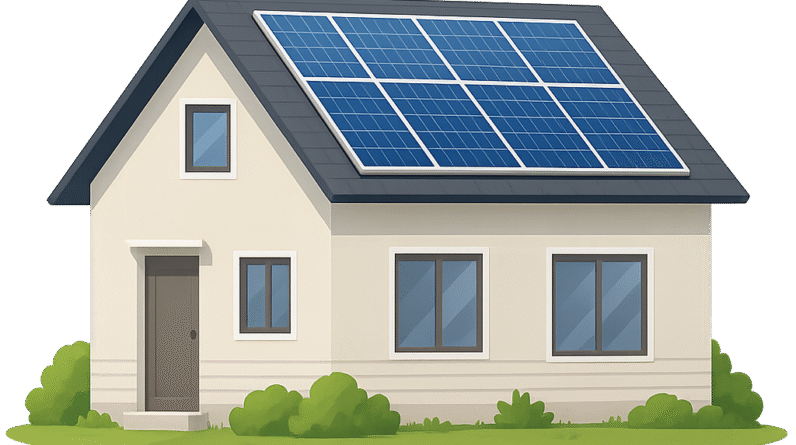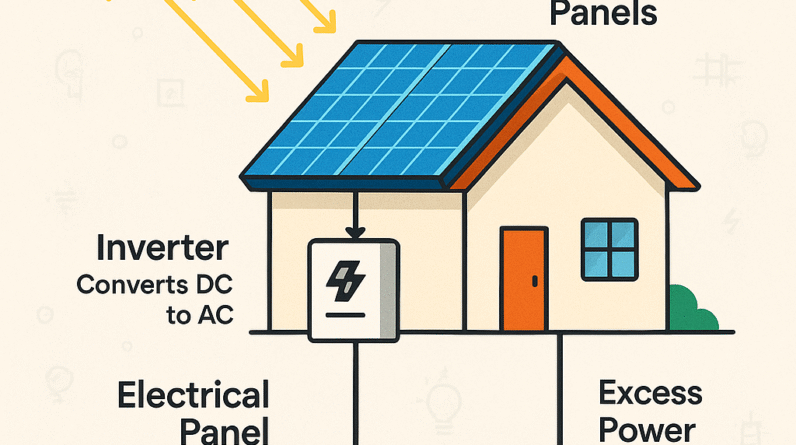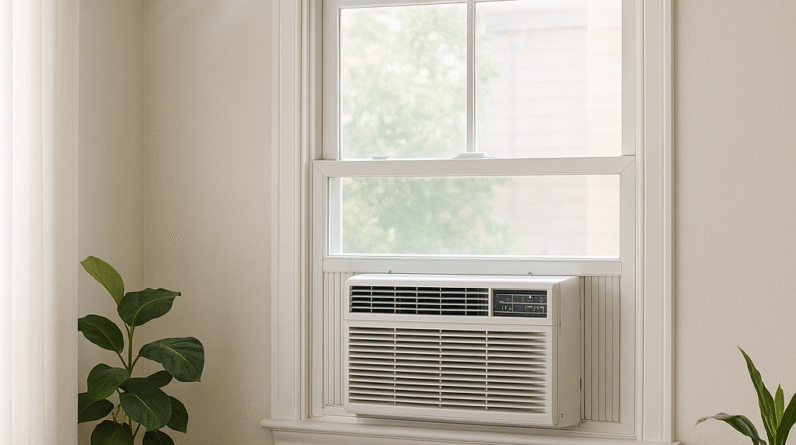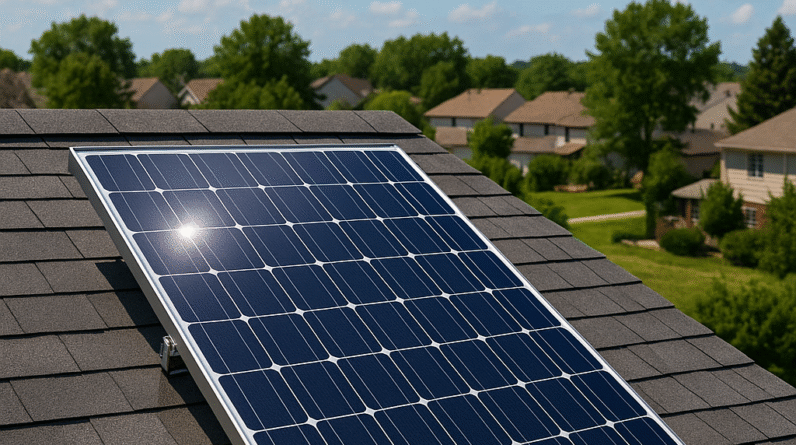
At What Temperature Do Solar Panels Work Best?
Did you ever wonder at what temperature solar panels perform optimally? Understanding the best operating range for solar panels can help you make informed decisions about their installation and maintenance. While solar panels do generate electricity in a wide range of temperatures, there is an ideal temperature range where they work most efficiently. In this article, we will explore the temperature range that ensures maximum performance from solar panels, and provide tips on how to maximize their efficiency in different climates. So, let’s uncover the secrets behind the temperature sweet spot for solar panels!
Impact of Temperature on Solar Panel Performance
Solar panels are an incredible source of renewable energy, harnessing the power of the sun to generate electricity. However, the performance of solar panels can be significantly affected by temperature. Understanding how temperature affects solar panel efficiency is crucial for optimizing their output and ensuring their long-term durability.
Temperature’s Effect on Solar Cell Efficiency
As temperature increases, the efficiency of solar cells tends to decrease. This means that solar panels generate less electricity as the temperature rises. This decrease in efficiency is due to a phenomenon known as the temperature coefficient of power (Pmax).
Temperature Coefficient of Pmax
The temperature coefficient of Pmax is a measure of how much the output power of a solar panel decreases for every degree Celsius increase in temperature. This coefficient is crucial for understanding how temperature affects solar panel performance.
Understanding Temperature Coefficient of Pmax
The temperature coefficient of Pmax can be either positive or negative, depending on the solar panel’s characteristics. A negative coefficient means that as the temperature increases, the panel’s output power decreases. Conversely, a positive coefficient means that the panel’s output power increases with temperature.
Decreased Efficiency with Increasing Temperature
Most solar panels have a negative temperature coefficient of Pmax, which means that their efficiency decreases as the temperature increases. This is because the increased temperature leads to an increase in the panel’s internal resistance, which decreases its overall performance.
Factors Affecting Efficiency Loss
Several factors contribute to the decrease in solar panel efficiency with increasing temperature. Firstly, the increased temperature accelerates the movement of electrons in the panel, which leads to more energy loss. Additionally, the increased temperature can cause the panel’s materials to expand, leading to microcracks or delamination, further reducing efficiency.
Determining Optimal Temperature Range
While high temperatures negatively impact solar panel efficiency, extremely low temperatures can also have a detrimental effect. To optimize the performance of solar panels, it is important to determine their optimal temperature range.

Temperature Thresholds for Ideal Performance
In general, solar panels operate most efficiently when their temperature is between 25°C and 35°C (77°F-95°F). At temperatures below 25°C, the efficiency starts to decrease due to increased resistive losses. On the other hand, at temperatures above 35°C, the decrease in efficiency caused by increased internal resistance becomes even more significant.
Ambient Temperature vs. Cell Temperature
It is important to note that the reported ambient temperature might not accurately reflect the temperature of the solar cell. The ambient temperature refers to the temperature of the surrounding air, while the solar cell’s temperature can be much higher due to the absorption of sunlight. Monitoring the cell temperature is crucial to accurately assess the efficiency of solar panels.
Direct Sunlight vs. Indirect Sunlight
The performance of solar panels can also be affected by the type of sunlight they receive. Direct sunlight provides more energy to the panels, leading to higher efficiency. In contrast, indirect sunlight, such as during overcast days, reduces the amount of energy available, resulting in decreased efficiency.
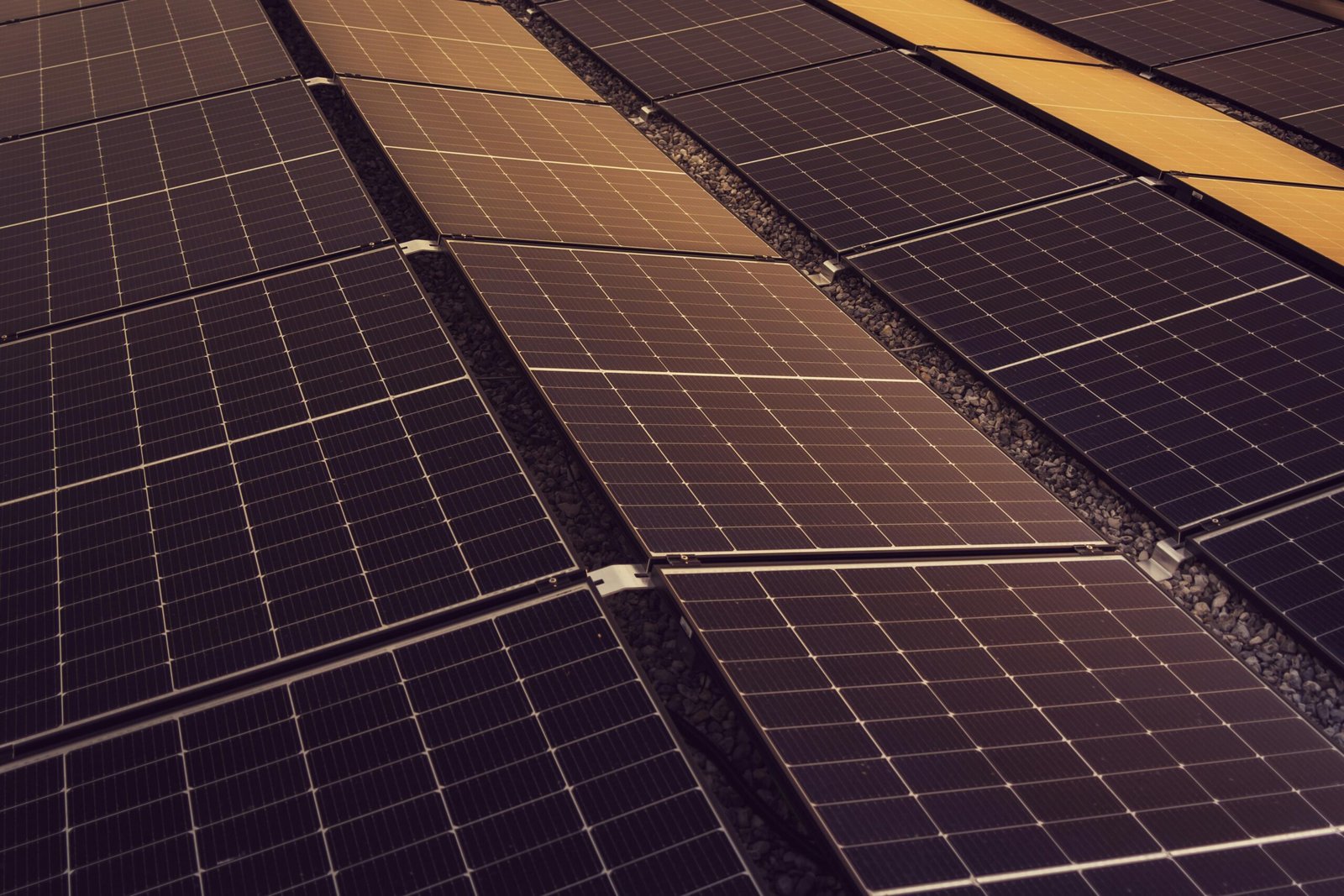
This image is property of images.pexels.com.
Insolation Intensity
Insolation intensity refers to the amount of solar energy received per unit area. Higher insolation intensity leads to higher temperatures, which can negatively impact the efficiency of solar panels. Understanding the insolation intensity in a specific location is essential for optimizing solar panel performance.
Ventilation and Airflow
Proper ventilation and airflow around solar panels can help manage their temperature and optimize their efficiency. Ensuring that there is sufficient space between each panel and providing ventilation can help dissipate excess heat, preventing efficiency losses due to high temperatures.
In addition to airflow, heat dissipation techniques can be employed to manage the temperature of solar panels. Some techniques include using heat sinks or coatings that reflect sunlight and reduce the absorption of heat, helping to keep the panels cooler and more efficient.
Tracking Systems
Mounting solar panels on tracking systems that allow them to follow the sun’s movement can also help manage their temperature. By continuously adjusting the panel’s angle and orientation, tracking systems can maximize the amount of direct sunlight received, which can optimize panel efficiency.
Effects of Climate on Solar Panel Performance
The climate of a specific location plays a significant role in solar panel performance. Hot climates can lead to higher ambient temperatures, posing challenges for maintaining optimal panel efficiency. Conversely, cold climates can lead to lower temperatures, which can also impact panel performance.
Solar Panel Placement in Hot Climates
In hot climates, it is important to consider the placement of solar panels to minimize temperature-related efficiency losses. Installing panels in areas with good airflow and shading can help reduce their temperature and maintain higher efficiency levels. Additionally, choosing solar panels with lower temperature coefficients can mitigate the negative effects of high temperatures.
Solar Panel Placement in Cold Climates
In cold climates, it is crucial to ensure proper insulation and protection for solar panels to prevent damage from freezing temperatures. In addition, maximizing exposure to sunlight and minimizing shading will help offset the lower temperatures and maintain optimum panel performance.
Impact of Temperature on Solar Panel Lifespan
The impact of temperature extends beyond the immediate efficiency of solar panels. High temperatures can accelerate the degradation of materials, potentially reducing the lifespan of solar panels. Proper temperature management can help mitigate these effects and ensure the longevity of the system.
Monitoring and Maintaining Optimum Temperatures
Regular monitoring of solar panel temperatures is essential for maintaining their optimum efficiency and maximizing power generation. Using temperature sensors and monitoring systems, it is possible to detect any temperature-related issues early on and take appropriate measures to mitigate them.
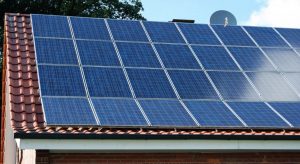
In conclusion, temperature plays a crucial role in solar panel performance. Understanding the temperature coefficient of Pmax, determining the optimal temperature range, and implementing proper temperature management techniques are essential for maximizing the efficiency and lifespan of solar panels. By considering the impact of temperature and implementing appropriate measures, we can harness the full potential of solar energy and contribute to a sustainable future.


